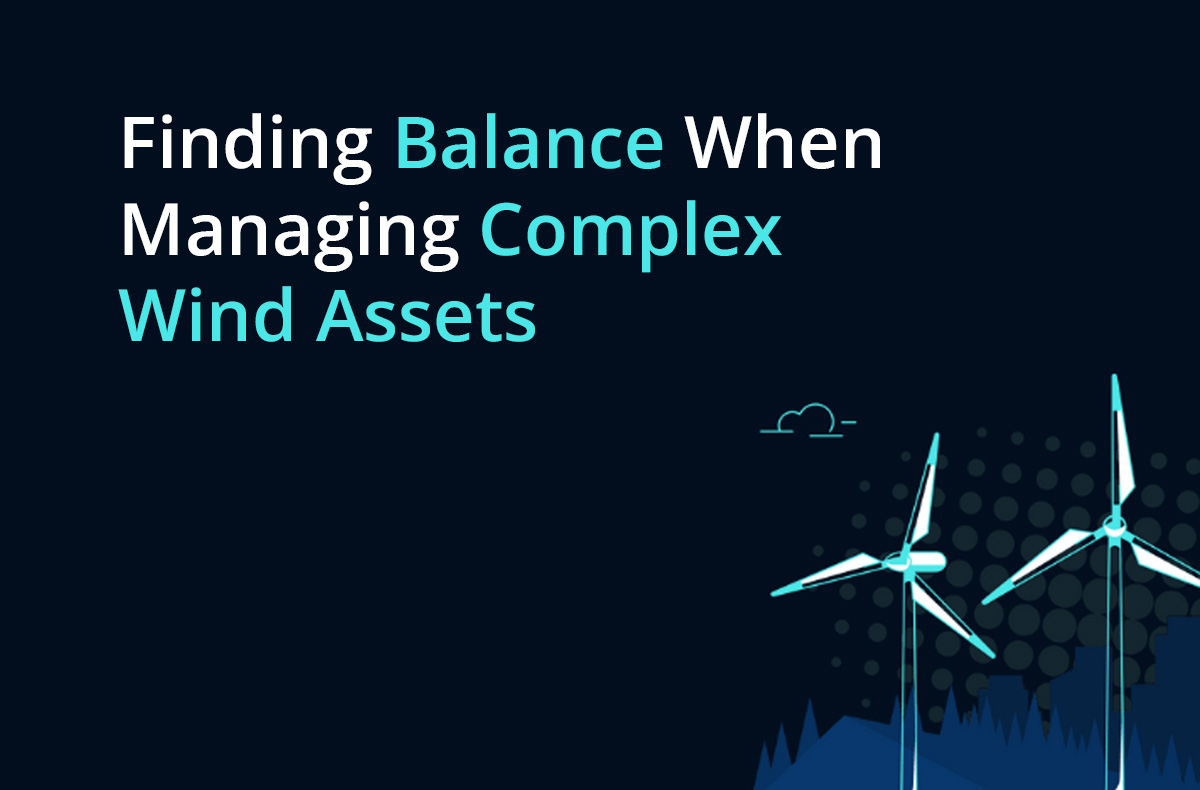Reliability and maintenance play key roles in managing wind assets. It’s not enough to simply invest in the latest technology or brand new turbines — sooner or later, these new assets will require upgrades, maintenance, and repairs. How we manage those repairs can make all the difference to output, safety, and reliability.
To learn more about what goes into managing reliability and maintenance, we invited Megan Diba, Reliability Engineering Team Leader for BP Wind Energy, to the Climate Chronicles podcast. Megan explains the responsibilities of her role, what a reliability engineer actually does, the challenges in the industry, and much more.
Keep reading for some key takeaways from our discussion, or press play below for the full discussion:
What a reliability engineer does
Megan and her team are responsible for maintaining wind assets across the U.S. to ensure they’re safe and reliable. Electrical and mechanical engineers report to her and focus on monitoring rotating equipment, drivetrains, gearboxes, bearings, and supporting DLP generators and electrical components.
It’s a busy job with a lot of moving parts to manage. But monitoring reliability is something Megan knows is essential in this industry.
Top challenges in managing wind assets
One of the top challenges that applies across the industry is the safety of people making repairs on wind farms. It’s easy to forget about the people in the field when you’re looking at data and reports, but Megan always highlights that the decisions of people in her role affect the safety of individuals out on-site.
Another concern Megan has for the industry is the fact that turbines are gradually getting bigger and bigger. However, the way they are designed hasn’t changed much in response. Megan worries that we have tried to scale too quickly without laying the groundwork to make a sustainable change. “Maybe we need to slow things down and focus on the fundamentals before we move on to the next biggest, baddest turbine.”
With many in the industry pushing OEMs for the biggest but cheapest turbines they can build, Megan believes that reliability has almost become an afterthought. But Megan always tries to get those with technical roles in the room when those commercial discussions are happening.
That way, any future investments in new or larger assets can be done with expertise and guidance from the people who operate them.
Why data is key
Making crucial repair and maintenance decisions on wind assets is always a tough call. That’s why people like Megan rely on data and what the concrete facts say about each asset.
As Megan’s team has been collecting consistent data for around four years now, they can look back at historical data and even start to make predictions on which assets will need maintenance and when.
Good data also helps her team with budgeting for maintenance jobs because they can better assess assets in terms of how urgent the repairs are. It removes a lot of the guesswork and makes decision-making and spending more efficient.
Megan’s wish list
While it may not be possible now, the number one thing on Megan’s wish list for the future is what she likes to call the “nirvana state of continuous blade monitoring.” This would be a way to constantly monitor how healthy the blade is at any time, on any day.
We’re almost there with vibration monitoring and acoustics monitoring, but a way to get real-time information about blades would help Megan’s team make much more accurate decisions. This is essential to maintaining good safety for engineers on-site and for making key budgetary decisions for the company as a whole.
Why better communication is needed
While we may be far off Megan’s nirvana of blade monitoring, there is one step that she believes could be taken to make her job easier. It’s a challenge that comes up regularly when her team needs to talk to the OEMs behind the turbine manufacturing:
The communication and data sharing between OEMs and their customers could be much more transparent.
Typically, OEMs like to keep their manufacturing secrets closely guarded, which Megan understands. But she would like to see more collaboration with OEMs, such as sharing critical technical information, to help owner/operators make better risk-based decisions on assets.
With modern technology making data collection easier, sharing that information could become more common in the future. However, Megan believes this could be improved greatly in the meantime.
For more insights into the role of a reliability engineer and the current practices around blade monitoring and maintenance, tune in to the full discussion today.











